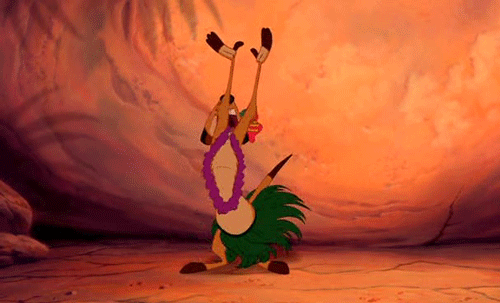In
his critical essay titled “The Strange Case of The Princess and the Frog: Passing and the Elision of Race”, Ajay
Gehlawat explores the various dialogs that can be interpreted regarding race
within the context of the setting and release of the film. Within these
dialogs, Gehlawat focuses on a central hypothesis that in Disney’s attempt to
fulfill numerous competing agendas, the company inadvertently generates racial
stereotypes while simultaneously ignoring race altogether. Within this context,
Gehlawat focuses primarily on the significance of Tiana’s blackness in the film
and the meaning of her role as a frog for much of the film. Gehlawat examines
the role of setting in the film as one of his main points, pointing out the
contrast between the segregated New Orleans location and the transition to the
natural bayou setting, where Tiana and Prince Naveen exist as frogs in a “safe
space” (Gehlawat 425) where the two can allow their love to burgeon while also
cleverly omitting race as an influential factor in their relationship.
The
other major topic that Gehlawat investigates is the question of Princess
Tiana’s so-called “place” throughout the film. Citing Disney’s focus on Tiana’s
“active dedication to economic self-betterment” (427), Gehlawat argues that
this major characterization of Tiana stems from the status distinction between
Tiana and Naveen that is further polarized by their race within the time and
setting of the film. To conclude his argument, Gehlawat states that in Disney’s
attempt to create a hyper-sensitive racial film, the company created “a
particular context in which to situate the film which it has simultaneously
attempted to elide” (429). Consequently, the film becomes “a strange mixture of
fantasy and reality that seems to fulfill neither” (429).
 |
| I know, stressful right? |
Although I found Gehlawat’s
discussion of Tiana’s so-called “place” in the film to be somewhat ambiguous,
his analysis of the film’s contradictory representations of race accurately describes
one of the glaring flaws within the narrative. In his examination of Tiana’s
“place”, or standing throughout the film, Gehlawat fails to hold a definitive
stance on his meaning behind the term “place”. For example, Gehlawat makes the
vague statement that “place- even more than race- is its greatest source of
narrative conflict” (426). Gehlawat’s words make the disctinction between
Tiana’s “place” and her race, but he does not go further to specifically elaborate
on whether Tiana’s “place” is a physical place or metaphorical and represents
her social standing. Moreover, in his conclusion Gehlawat answers his own
question and asserts that ultimately Tiana’s place is “Disney’s land, a place
where, as the famous pitch, everyone is happy” (429) which suggests that
Gehlawat views “place” as an abstract concept, however he never explicitly
states this. Despite this one confusing portion of his paper, the rest of
Gehlawat’s argument that focuses on Disney’s inconsistent portrayal of race in
the film resonated with me. More specifically, I found that Gehlawat’s
discussion of the racially segregated setting that is undercut by the elision
of race in the film to be particularly powerful. I thought that Gehlawat’s discussion
of the dichotomy between the setting of New Orleans and the bayou to be a particularly
strong example of racial obfuscation in the film when Tiana and Prince Naveen
are transformed into frogs which provides a “safe” identity for the two to fall
in love. While one might see this as Disney playing it safe, I agree with
Gehlawat that this muddling of racial representation in the film is a
“paradoxical attempt by Disney to invoke an air of ‘authenticity’” (426). In
other words, in Disney’s effort to be racially perceptive, Disney offers a
narrative that provides no specific perception of race whatsoever, which has
the potential to be just as dangerous.




